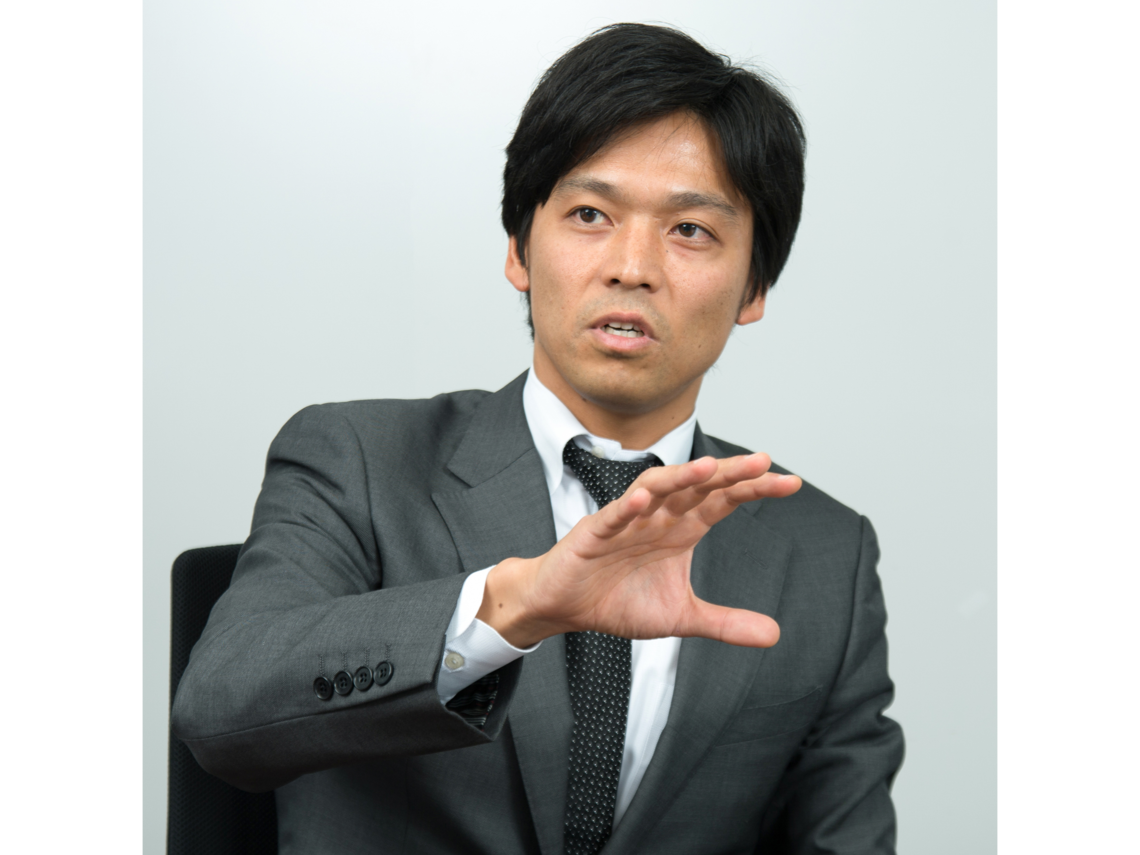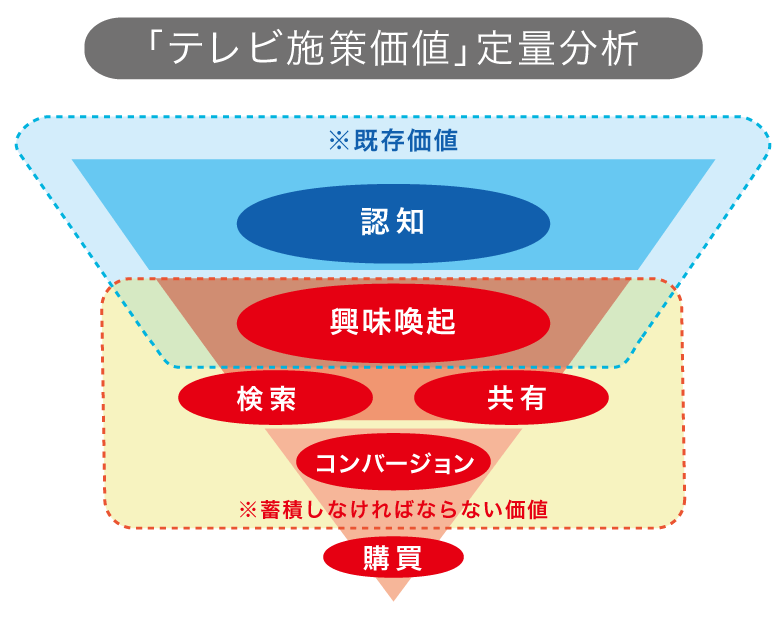What you want to hear! The Current State of Terrestrial TV Advertising (Reality) Part 4: "Other General Topics"
Even as the media environment surrounding consumers diversifies, television remains highly anticipated as an advertising medium. Simultaneous broadcasting, simultaneous reception. This style is unique to television. While talk of viewers turning away from TV has been heard in recent years, it is still highly valued as the most influential medium for generating massive awareness reaching tens of millions and sparking interest across broad demographics, including those with low engagement. Concurrently, attention is focused on recent developments: multifaceted television utilization through synergies with internet integration and content power, alongside more precise methods for advertisers to verify return on investment.
In this special feature, staff from Dentsu Inc. Media Services / Radio,TV Division answer straightforward questions from a field perspective. Over four installments, we present a glimpse into the "real present and future" of television advertising.
Q5: What kinds of changes are occurring in the work of television advertising specialists at advertising agencies?

Answered by: Hiroshi Kawasaki (Business Management Division)
TV advertising menus can be broadly categorized into time slots and spots. Spots allow selection by region, scale, broadcaster, etc., making them suitable for campaign-based advertising. Time slots, however, are fundamentally long-term fixed contracts, limiting flexibility. Therefore, the key lies in leveraging the power of programming to address advertisers' needs and challenges. We believe customized proposals are crucial.
Fundamentally, what is the value of providing television programming? Continuous commercial exposure significantly contributes to corporate recognition and branding. Quality programming inherently carries a message. What we television professionals must strongly focus on is the "bond" these programs have with their viewers. We believe advertising strategies centered around this bond are only possible with the right combination of quality programming and advertisers.
My department has established a "Planning Workshop" to tackle these themes. We collaborate with diverse individuals both inside and outside the company. Internally, this includes creators and planners; externally, it encompasses partners like broadcast writers. First, we identify the strengths of the target program. We analyze its viewing impact and target audience. Then, we assess the advertiser's challenges and devise optimal program-linked strategies. These often involve digital integration. What matters most is creating outputs that enhance value for both advertisers and program producers. We must become a "useful" presence for both sides.
Concurrently, we began measuring the effectiveness of program-linked initiatives and implementing PDCA cycles. Television media is just one solution among many. Precisely because of this, we need to accumulate data on the effectiveness of program-linked initiatives to quantitatively analyze specific impacts. As survey data accumulates per project, new proposals may emerge from quantitative data analysis. Understanding the KPIs where television excels most—such as awareness, interest generation, and content comprehension—and then planning and executing customized initiatives for advertisers, bundled with effect measurement. I believe this is something we must consciously focus on as the role of television specialists within advertising agencies.

Back Issues
#04 What We Want to Hear! The Current State of Terrestrial TV Advertising (Real) "Other General Topics"
#03 What You Want to Know! The Current State of Terrestrial TV Advertising (Real) "Area Promotion"
#02 What You Want to Know! The Current State of Terrestrial TV Advertising (Real) "Sports"
#01 What You Want to Know! The Current State of Terrestrial TV Advertising (Real) "Digital"
Was this article helpful?